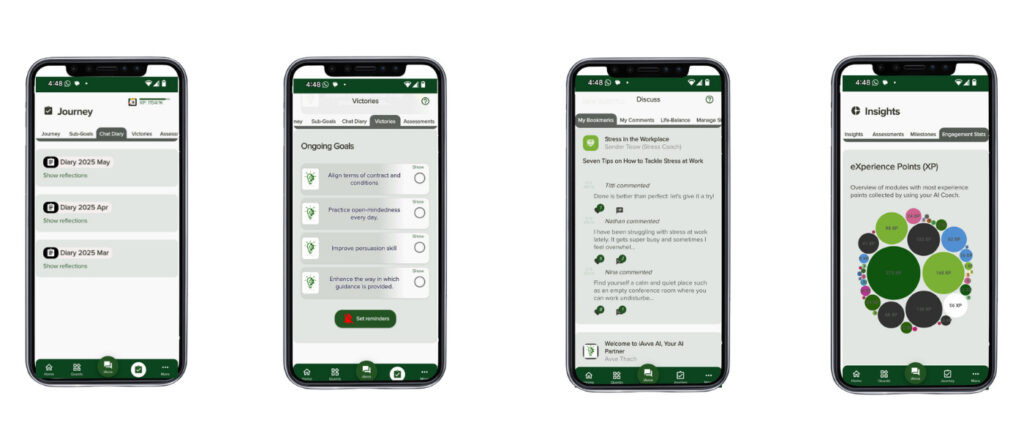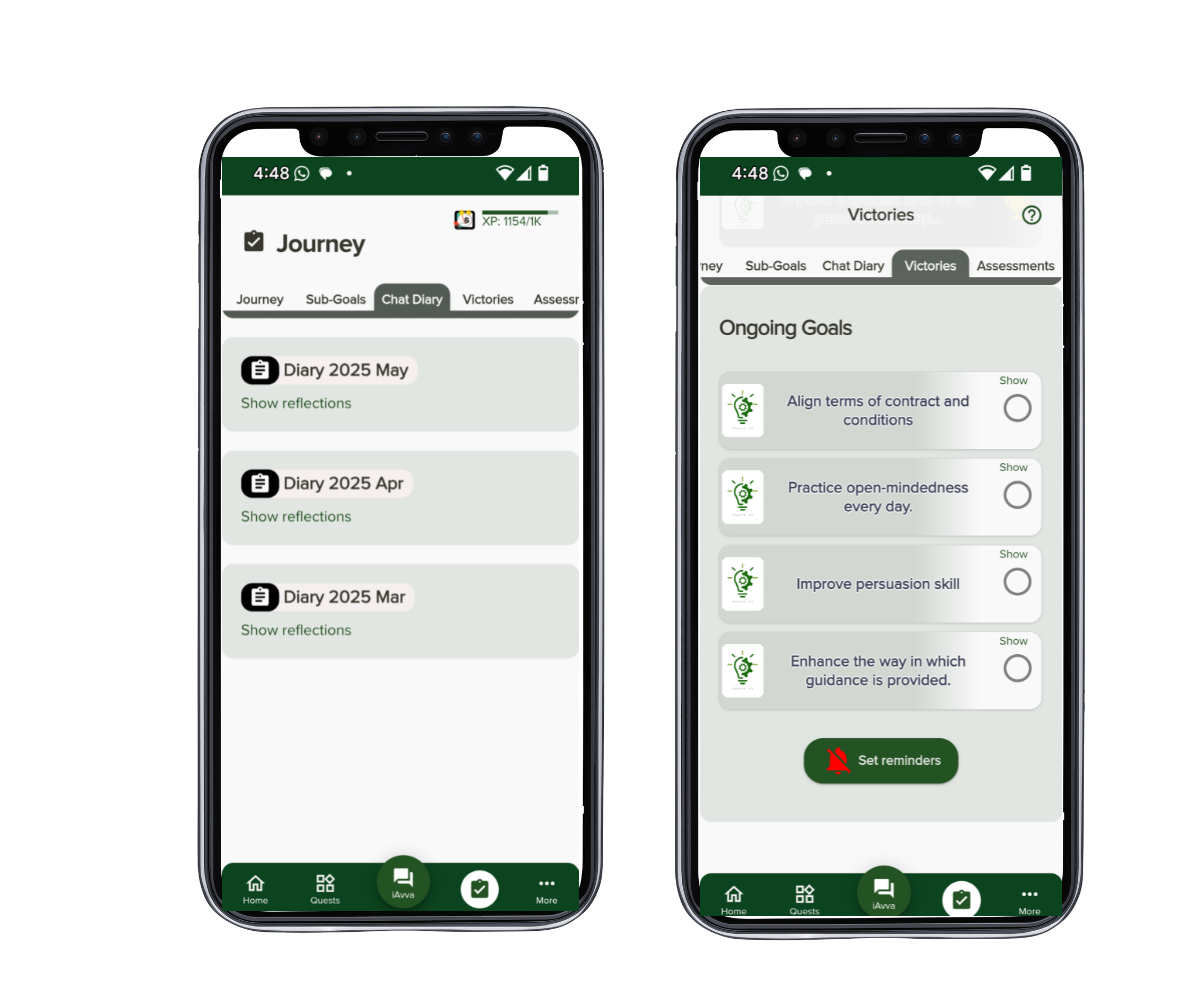Overcoming the Challenges of Business Agility
Introduction
Welcome to the wild world of business agility, where the only constant is change! In today’s fast-paced marketplace, organizations are scrambling to adopt agile business practices that allow them to pivot at a moment’s notice. But let’s face it: achieving true organizational agility is like trying to catch smoke with your bare hands. It sounds simple, but it can get messy!
With 70% of organizations either currently undergoing or planning to undergo an agile transformation, the pressure is on. Companies are realizing that in order to thrive, they need to embrace flexibility in their operations and foster a culture of continuous improvement. But how do you navigate this complex landscape without losing your mind (or your market share)?
In this blog post, we will explore the intricacies of building a robust business agility framework. We’ll dive into common challenges, practical strategies for implementation, and how you can enhance your organization’s adaptability through effective leadership and cross-functional collaboration.
By the end of this post, you’ll have actionable insights into how to cultivate an agile corporate culture that not only responds to change but anticipates it making your organization a true leader in agility.

Understanding Business Agility
Business agility is not just a buzzword thrown around in boardrooms; it’s the lifeblood of modern organizations striving to thrive in an ever-changing landscape. So, what exactly is business agility? In simple terms, it refers to an organization’s ability to rapidly adapt and respond to market changes, customer needs, and technological advancements. Think of it as a nimble gymnast who can flip and twist with grace, rather than a rigid statue that can’t move.
Business agility encompasses various agile business practices that enable companies to be more responsive and flexible in their operations.
The Importance of Agility in Today’s Business Environment
In today’s fast-paced world, the importance of agility cannot be overstated. Organizations that embrace business agility are better positioned to seize opportunities, mitigate risks, and innovate at speed. According to recent studies, companies with strong organizational agility are 3.5 times more likely to outperform their competitors in terms of revenue growth.
Key Components of an Agile Organization
To achieve true business agility, organizations must focus on several key components:
- Agile Leadership: Leaders must foster a culture that encourages experimentation and embraces failure as part of the learning process.
- Cross-Functional Collaboration: Breaking down silos allows teams from different departments to work together efficiently towards common goals.
- Continuous Improvement: Organizations should adopt iterative processes that encourage ongoing enhancements in their operations.
- Customer-Centric Approaches: Prioritizing customer feedback ensures that products and services evolve according to real-world needs.
- Flexible Organizational Structure: A dynamic organization structure enables quicker decision-making and responsiveness.
The agile business model isn’t just about adopting new tools; it’s about embedding flexibility into the very fabric of your organization. This means leveraging dynamic capabilities in business to pivot quickly when necessary and align goals with agile processes effectively.

The future belongs to those who can adapt quickly. Organizations with high levels of agility can respond faster than their competitors to market changes and customer demands.
In conclusion, understanding business agility goes beyond definitions; it’s about embedding agile principles into your corporate culture. As you navigate through this blog post series on overcoming challenges related to business agility, keep these components in mind as they will serve as your compass toward creating an agile organization ready for whatever comes next!
The Importance of Agile Business Practices
In today’s fast-paced business landscape, the need for business agility has never been more critical. Agile business practices are not just trendy buzzwords; they are essential for survival. Let’s dive into why adopting these practices is like finding the cheat code to success.
Benefits of Adopting Agile Practices
- Enhanced Flexibility: Agile organizations can pivot quickly in response to market changes, ensuring they stay ahead of competitors. Think of it as being a ninja in a world full of lumbering giants.
- Improved Customer Satisfaction: By focusing on customer-centric approaches, businesses can tailor their offerings to meet evolving needs, creating loyal fans rather than just customers.
- Faster Time to Market: With speed to market strategies, agile companies can deliver products and services faster than ever. This is the difference between being a tortoise and a hare in a race.
- Increased Collaboration: Agile practices foster cross-functional collaboration, breaking down silos and encouraging teams to work together towards common goals. It’s like forming the ultimate superhero team!
- Continuous Improvement: The iterative process improvement inherent in agile frameworks means that businesses are always learning and adapting. This leads to innovation that keeps them relevant.
Case Studies Highlighting Successful Agile Transformations
Let’s take a look at some organizations that have successfully embraced agile business practices:
- Zara: The fashion retailer has mastered agility by using real-time data to inform design and inventory decisions, allowing them to respond swiftly to trends and customer feedback.
- SAP: By implementing an agile management approach, SAP enhanced its software development processes, leading to quicker releases and better alignment with customer requirements.
- Spotify: Known for its unique agile organization structure, Spotify uses squads small teams responsible for specific features enabling rapid innovation while maintaining high quality.
A quick takeaway: Embracing agile business practices not only enhances adaptability but also drives innovation and efficiency across all levels of an organization.

Common Challenges in Achieving Business Agility
In the quest for business agility, organizations often find themselves navigating a minefield of challenges. While the promise of an agile business model is enticing, the path to achieving it can be fraught with obstacles. Here are some of the most common hurdles that can trip up even the most well-intentioned efforts:
- Cultural Resistance to Change: One of the biggest roadblocks to organizational agility is a culture that resists change. Employees may cling to traditional practices, fearing that agile methods will disrupt their routine or threaten their job security. This cultural inertia can slow down or completely derail agile transformation initiatives.
- Silos Within Organizations: When departments operate in silos, cross-functional collaboration becomes nearly impossible. This lack of communication stifles innovation and slows down decision-making processes, making it difficult for organizations to respond swiftly to market changes and customer needs.
- Lack of Clear Direction and Strategy: Without a well-defined strategy for implementing agile practices, teams may struggle with misalignment on goals and objectives. A robust business agility framework is essential for guiding teams toward a shared vision and ensuring that everyone is on the same page.
- Inefficient Decision-Making Processes: In many organizations, hierarchical structures can lead to slow decision-making. Agile management requires quick, real-time decisions based on data-driven insights. When decision-making processes are bogged down by bureaucracy, speed to market strategies suffer.
- Insufficient Training and Skill Gaps: Transitioning to an agile organization structure demands new skills and knowledge. If employees are not adequately trained in agile methodologies, their ability to adapt will be limited. Investing in training programs focused on lean and agile principles is crucial for overcoming this challenge.
- Misalignment Between Leadership and Teams: Agile leadership plays a critical role in fostering an environment conducive to agility. If leaders do not embody agile principles or fail to support their teams’ efforts, it can create confusion and frustration among employees who are trying to implement change.
Takeaway: Addressing these challenges head-on requires commitment from all levels of the organization. By fostering a culture that embraces change, encouraging cross-functional collaboration, and providing clear direction along with necessary training, businesses can enhance their adaptability and resilience in an ever-evolving marketplace.

Implementing a Business Agility Framework
So, you’re ready to dive into the world of business agility? Great! Implementing a robust business agility framework is like building a strong foundation for your dream house. Without it, everything else might just crumble under pressure.
Steps to Create an Effective Agility Framework
- Define Your Vision: Start by clarifying what agility means for your organization. This isn’t just about speed; it’s about aligning your agile business model with your strategic goals.
- Assess Current Practices: Evaluate your existing processes and identify gaps. Are you stuck in traditional ways of working? It’s time to shake things up!
- Engage Stakeholders: Involve everyone from top executives to frontline employees. Their insights will be invaluable as you craft an agile framework that resonates across the board.
- Create Agile Teams: Form cross-functional teams that can respond quickly to changes. Think of these teams as your business ninjas quick, efficient, and ready to tackle challenges!
- Implement Iterative Processes: Embrace an iterative approach that allows for continuous improvement. This isn’t a one-and-done deal; it’s about evolving over time.
Integrating Lean and Agile Principles into Business Operations
The marriage of lean and agile principles can work wonders for your organization. Here’s how:
- Eliminate Waste: Focus on value creation by identifying and removing non-essential activities.
- Enhance Flexibility: Adopt flexible work practices that allow teams to pivot quickly based on feedback or market changes.
- Foster Collaboration: Encourage open communication across departments to break down silos and enhance cross-functional collaboration for agility.
Tools and Methodologies for Enhancing Agility in Business Strategy
Your toolkit for achieving enterprise agility should include a mix of methodologies and tools. Consider these:
- Scrum Framework: Perfect for managing complex projects with iterative progress through sprints.
- KANBAN Boards: Visualize workflow and manage tasks effectively, ensuring everyone is on the same page.
- A/B Testing Tools: Use data-driven decisions to refine strategies based on what works best with your audience.
The journey towards true business agility is ongoing. By systematically implementing these steps, integrating lean principles, and utilizing effective tools, you’ll not only enhance your organization’s adaptability but also position yourself as a leader in the ever-evolving market landscape.
Agile Transformation Strategies for Organizations
In the quest for business agility, organizations often find themselves at a crossroads, needing to embrace change while maintaining a steady course. Here are some strategies to navigate this transformative journey:
- Navigating the digital transformation landscape with agility focus: Embrace technology not as a mere tool but as a catalyst for agile business practices. By integrating digital solutions into your core operations, you can enhance responsiveness and adaptability.
- The role of leadership in driving agile transformation efforts: Agile leadership is crucial. Leaders should embody the principles of agile management, fostering an environment where experimentation and learning from failure are celebrated. This sets the tone for an agile corporate culture.
- Building a resilient corporate culture that supports agility: Cultivating resilience within your organization is key to sustaining agility. Encourage cross-functional collaboration and empower teams to make decisions quickly, ensuring that everyone aligns with the overarching goals of your agile transformation.
Key Takeaway: To truly harness business agility, organizations must prioritize leadership development and cultural shifts alongside technological advancements.
Additionally, consider implementing these tactics:
- Foster innovation through iterative processes: Utilize iterative process improvement strategies that allow for quick pivots based on real-time feedback, enhancing your organization’s ability to adapt.
- Enhance communication channels: Establish clear lines of communication across all levels to ensure that every team member understands their role in achieving strategic agility.
- Leverage data analytics: Implement data-driven decision-making processes to enhance efficiency and speed in responding to market changes. This not only supports agile practices but also boosts overall performance.
The journey towards becoming an agile organization is not without its challenges, but by focusing on these strategies, businesses can enhance their adaptability and thrive in today’s fast-paced market landscape. Remember, it’s about creating an ecosystem where flexibility in business operations becomes second nature!
Enhancing Organizational Agility Through Continuous Improvement
In the ever-evolving landscape of business agility, organizations must embrace a culture of continuous improvement. This isn’t just a buzzword; it’s the lifeline that keeps an organization nimble and responsive to market shifts. Think of it as a never-ending quest for betterment, where each iteration brings you closer to that elusive state of perfection.
The Significance of Iterative Process Improvement
At its core, iterative process improvement is about making small, incremental changes that lead to significant enhancements over time. Instead of waiting for a grand overhaul, organizations can:
- Identify issues in real-time, allowing for quick adjustments.
- Leverage feedback loops to refine processes continuously.
- Encourage teams to experiment and innovate without fear of failure.
This approach aligns perfectly with the principles of an agile business model, enabling companies to pivot swiftly in response to customer needs and market demands.
Real-Time Data-Driven Decisions
Imagine trying to navigate a ship without knowing your coordinates. That’s what it’s like leading an organization without real-time data. In today’s fast-paced environment, data-driven decision-making is crucial. Organizations can:
- Utilize analytics tools to gain insights into customer behavior and preferences.
- Make informed decisions that align with their strategic agility goals.
- Respond faster than competitors by anticipating market trends and adjusting strategies accordingly.
Cultivating a Customer-Centric Approach
A successful agile organization recognizes that the customer is at the heart of everything they do. By fostering a culture that prioritizes customer feedback, businesses can:
- Create products and services that truly meet consumer needs.
- Enhance responsiveness by integrating customer insights into every stage of development.
- Build long-term loyalty through consistent engagement and adaptation based on feedback.
Tangible Takeaway: Implementing continuous improvement strategies not only boosts organizational agility but also enhances overall resilience in business processes. Embrace this mindset, and watch your adaptability soar!
The Future of Business Agility: Trends and Predictions
- <
li>Nimble business strategies for sustainable growth
li>< li>The impact of technology on enterprise agility
li> ul> section >
h2> section >






















Leave a Reply